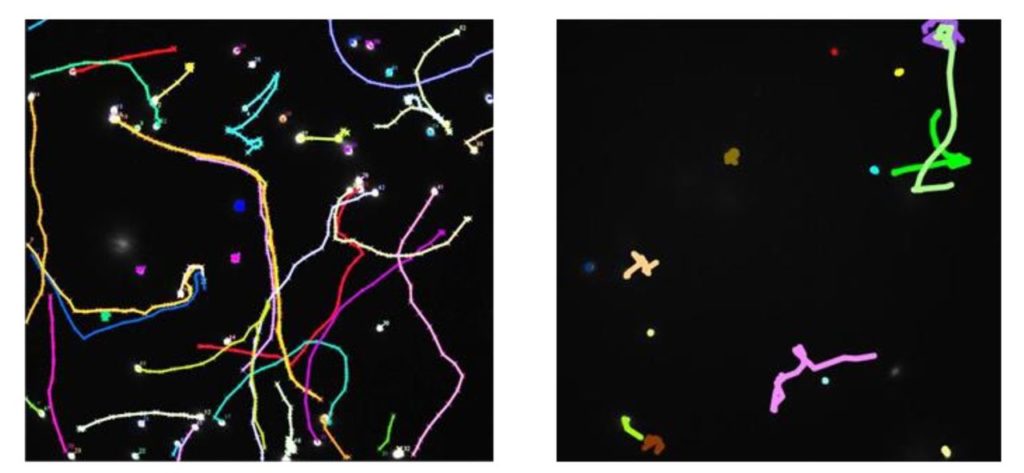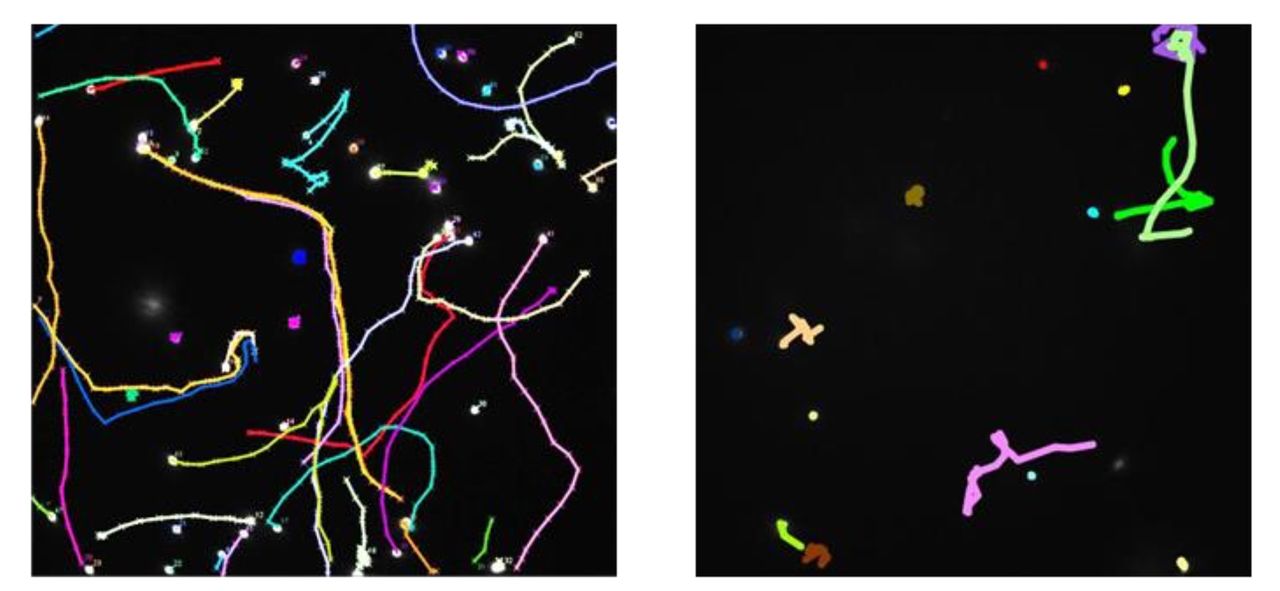
New research into molecular robotics hints at a possible future method of building objects.
Researchers in Japan have developed a method for transporting molecules using a “swarm” technique.
A “Swarm” is a collection of agents that act in a coordinated manner to achieve a goal. A human example of a swarm might be a large group at a farm building a barn, with each participant taking on a specific or group role required to complete the assembly.
That’s the type of action under investigation by this research, except instead of people, we’re using extremely small agents that are literally molecules.

Incredibly, the researchers found a way to achieve molecular transportation using a swarm of tiny molecular machines. These devices were able to load a cargo, transport it a distance in a specific direction, and then unload it.
How is this done? The paper’s abstract explains:
“Here, we demonstrate molecular transportation through the cooperative action of a large number of artificial molecular machines, photoresponsive DNA-conjugated microtubules driven by kinesin motor proteins. Mechanical communication via conjugated photoresponsive DNA enables these microtubules to organize into groups upon photoirradiation. The groups of transporters load and transport cargo, and cargo unloading is achieved by dissociating the groups into single microtubules. The group formation permits the loading and transport of cargoes with larger sizes and in larger numbers over long distances compared with single transporters.”
They were able to create cargo “depots” by using UV light exposure.
This is quite a feat, and the paper’s authors believe their work could form the foundation for future molecular robots that perform more complex tasks.
That got me thinking.
What if these molecular robots were able to “assemble” an object, rather than pick up and drop molecules? After all, assembly of an object is simply the act of positioning the “parts” in the correct locations in 3D space. That sounds a lot like molecular transport to me.

Imagine a swarm of these devices carrying specific molecules to particular destinations, perhaps by using a sophisticated UV projection system to “lure” them to the proper placements. It might be possible to gradually build up an entire object out of individual molecules. It is likely possible many different types of molecules could be delivered simultaneously.
There’s obviously many challenges to this approach. One will certainly be speed: the researchers indicate some of the transport paths in their experiment took minutes to complete.
If you’re building an object molecule by molecule, durations of minutes per molecule may sound daunting. However, remember that we’re talking about a swarm here, where there could be a very, very large number of agents active at once. This parallel action might be able to overcome the slowness of individual molecule movement.
The results could be stunning. Imagine a 3D printed object built literally to molecular accuracy. No more concerns about surface quality, I would expect.
Via Science

